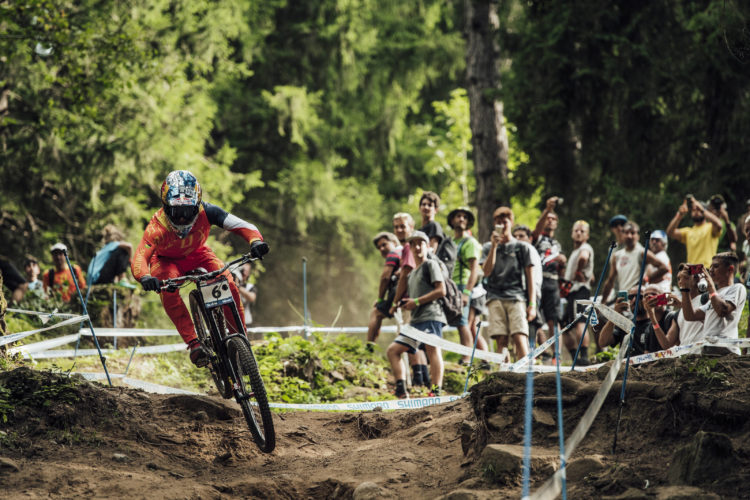
I’m not sure what’s going on but the news over the past three days has been full of mountain bike related accidents, injuries, and even deaths. Maybe it’s the weather that’s putting more people on their bikes or maybe it’s just coincidence. Either way, hopefully this post serves as a reminder to ride within your limits to avoid ending your season early (or worse, permanently). In case you missed it:
- Local Youth Pastor Breaks Neck Mountain Biking (Missouri)
- 12-year-old Dies After Summer Camp Mountain Bike Accident (Colorado)
- Police airlift Bedminster man who broke leg mountain biking (New Jersey)
- Man Dies After Serious Mountain Bike Fall (Australia)
- Injured Mountain Biker Rescued West of Bend (Oregon)
- Lost Mountain Bikers Rescued from Eagan Park (Minnesota)
Again, this is just 3 days worth of headlines. And beyond the headlines there are easily dozens more cases each day of mountain bikers suffering from heat stroke, heat exhaustion, and dehydration on the trail. Ride smart this summer to avoid mountain biking injuries!



















